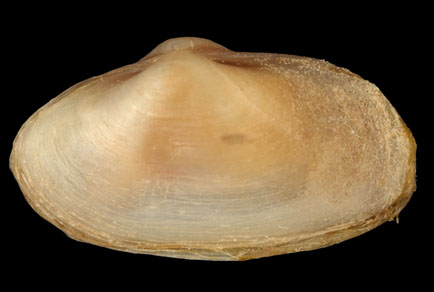Abstract
Lentidium, sole genus in the subfamily Lentidiinae of the Corbulidae, is remarkable because of its active lifestyle, strong foot and thin shell, as well as being far more equivalve and equilateral than the majority of species within the family. Lentidium is presently known by the extant Euasian species Lentidium mediterraneum (O.G. Costa, 1823) in addition to four fossil species. Two new extant species from tropical northern Australia are described, of which L. origolacus n. sp. has an extensive fossil record, particularly in non-marine phases of the Gulf of Carpentaria basin through most of the last Interglacial period (from approx. 130,000 years) to the present time. The other, L. dalyfluvialis n. sp., appears to be restricted to the Daly River in the Northern Territory. Both species are extremely abundant in certain fluviatile/lacustrine habitats. Aspects of the ecology of each species are discussed. L. dalyfluvialis, though normally infaunal and endobyssate, is capable of rapid movement and active burrowing. Such behaviour, while highly unusual for the family, is presumably necessary for survival in major rivers prone to sudden flooding during the monsoon season.

